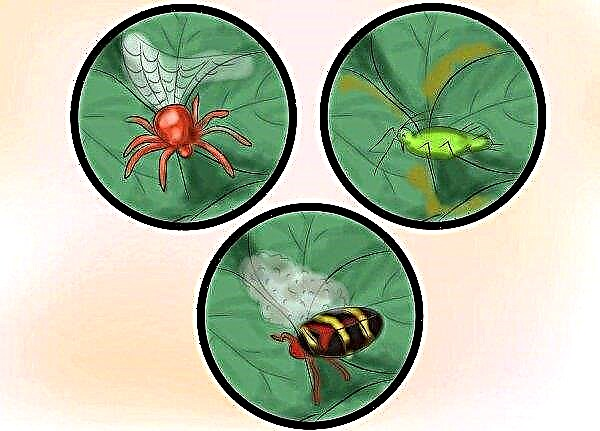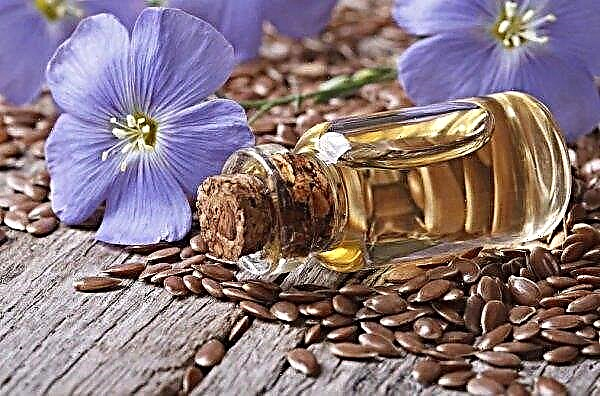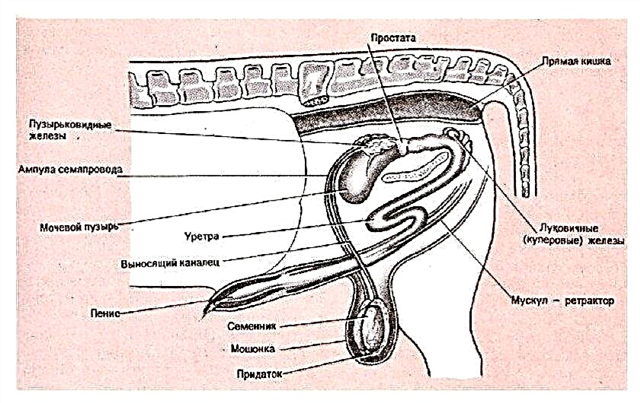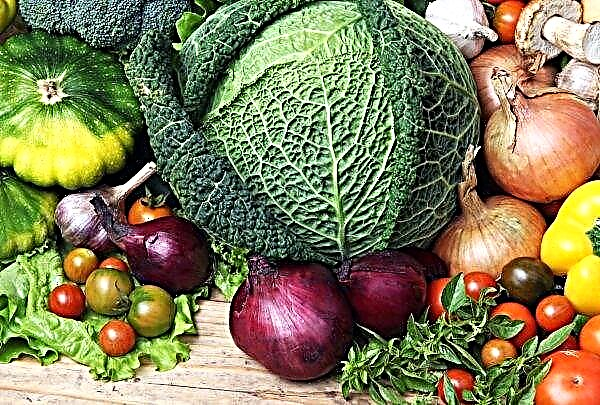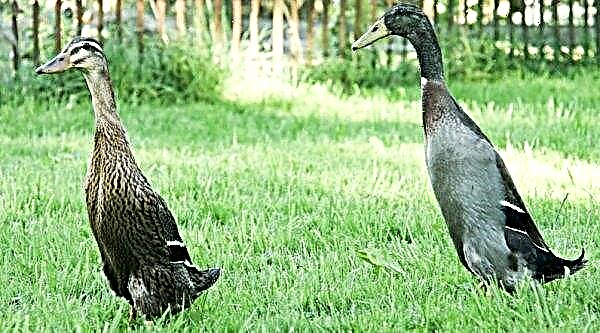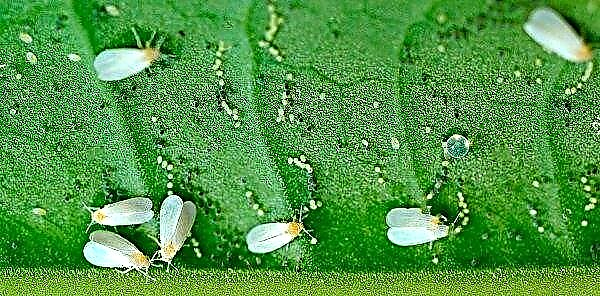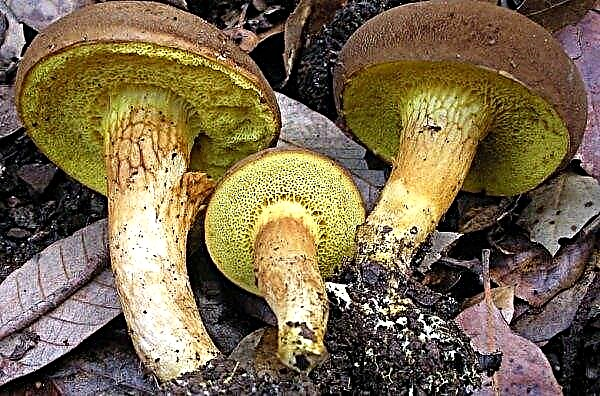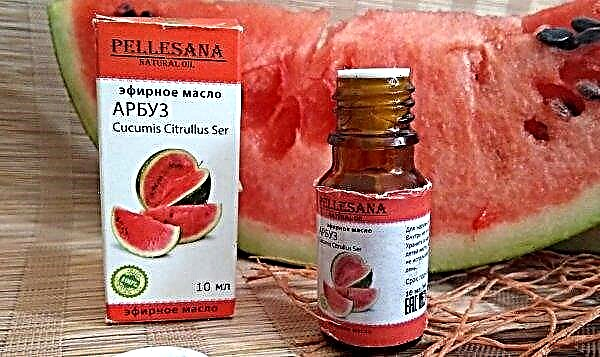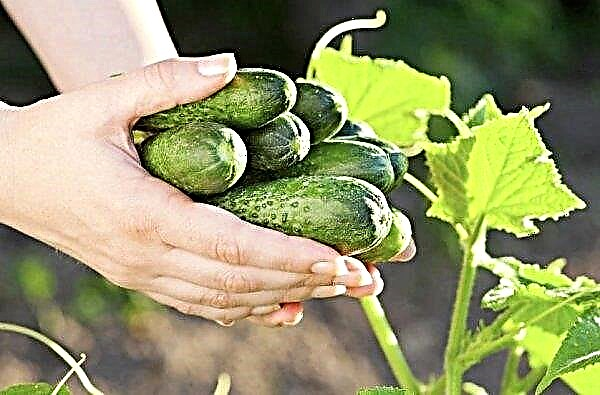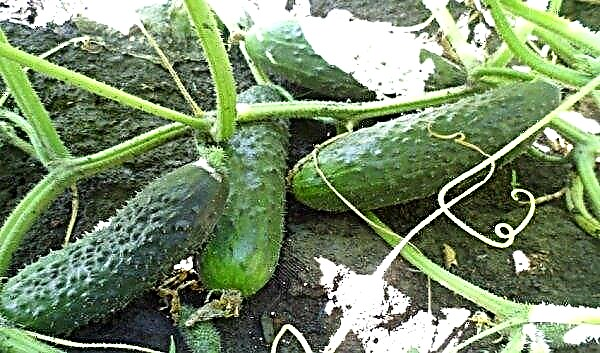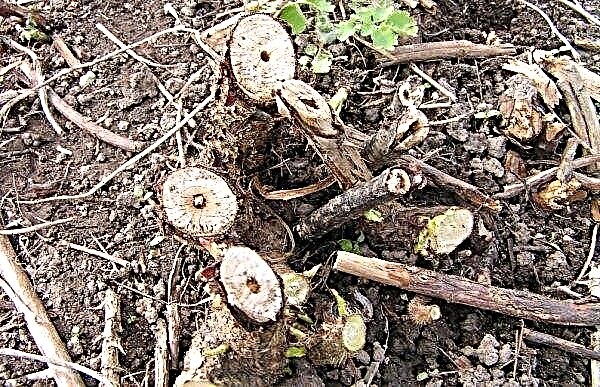When small red spots appear on the leaves of lush green and flowering cucumber bushes, this often goes unnoticed. But an insidious enemy can completely destroy the fruits of hard work and the dream of a bountiful harvest in a few days. The foliage is affected and dries, then the signs of the disease appear on the lashes, they weaken, thin out and rot. Flowers die, and spoiled fruits are no longer edible.
Why do rusty spots appear on cucumbers
The appearance of rust on the leaves is a sure sign of infection with a fungal or bacterial infection. Pathogens are found in large quantities almost everywhere - in the ground, on the decaying remains of the tops brought by the wind and settled on weeds.
Seed may be infected before sowing if it has been taken from diseased plants. At first, pathogens sleeping for the time being do not manifest themselves at all. There are several reasons why cucumbers so suddenly fall ill:Important! The introduction of excessive doses of nitrogen fertilizers often provokes the development of the disease.
- the start for the onset of rapid development of infection is usually a decrease in night temperature to + 15 ° C;
- watering the beds with cold water and spraying it on the leaves;
- high humidity in the greenhouse.
 The nature of the spotting can determine the causative agent of the disease, the main of which are described below.
The nature of the spotting can determine the causative agent of the disease, the main of which are described below.Rust
The cause of the disease is a rust fungus. It causes the appearance of yellow convex tubercles, first single, then merging into large spots and stripes that occur mainly on the lower part of the leaves, which gradually dry up and fall off. Without treatment, the disease spreads to the entire bush, and it dies.
Black rot
Ascochitosis - black mycospheresis stem rot - affects mainly weakened plants with a lack of heat. It rapidly progresses with increased humidity in greenhouses and greenhouses. It is characterized by the appearance of pale watery spots, gradually acquiring a rusty color.  Mucus appears on the stems and fruits, causing rotting. An insidious infection, at first not manifesting itself at all, activates at the stage of the onset of fruiting and is difficult to treat with fungicides, so great attention should be paid to the prevention of the disease and to acquire fungus-resistant cucumber hybrids.
Mucus appears on the stems and fruits, causing rotting. An insidious infection, at first not manifesting itself at all, activates at the stage of the onset of fruiting and is difficult to treat with fungicides, so great attention should be paid to the prevention of the disease and to acquire fungus-resistant cucumber hybrids.
Did you know? When developing new varieties, breeders persistently rid the cucumber of bitterness, which gives the natural compound cucurbitacin. But recent studies have proven that it inhibits the growth of cancer cells, and also has anti-inflammatory and antimicrobial effects.
Anthracnose
The disease, popularly referred to as the "copperfish", causes the appearance of copper-brown spots on the edges and between the veins of the lower leaves first, then advances throughout the bush, causing rotting of the stems and fruits. It develops in conditions of excessive humidity and affects the culture both in the beds and in closed ground. The most dangerous root form of the disease.
Angular spotting
Bacteriosis is the angular spotting of cucumber leaves due to the characteristic triangular shape of yellow-brown spots on diseased leaves. The causative agent is a bacterium of the pseudomonas family, which develops in conditions of high humidity in shaded areas, often affecting sprouts even at the germination stage. In infected areas, half of the crop may be lost, and the remainder of the presentation will be damaged due to distortions and ulcers. Turbid liquid is released from damaged leaves and fruits, from which, when watering, pathogens spread to healthy neighbors.
What to do and how to treat cucumbers
Often the disease is in a latent form. When the first signs in the form of various shapes of spots are noticed, this indicates a strong and extensive damage. Treatment should be started immediately, otherwise the bushes may die within a few days. Consider how to process plantings and save cucumbers from death.
Did you know? There is a variety of plants called "mad cucumber." He gained his fame for his ability to throw seeds in a jet, using jet movement, to a distance of 6 meters.
Chemicals
Spraying with fungicides is the most powerful and common method of combating fungal and bacterial infections, giving the best results. The seeds are soaked before sowing in “Formalin”, “Fundazole”, etc. Processing of cucumbers during the growing season should be carried out not only on diseased plants, but also on the soil, walls and ceiling of greenhouses. To do this, apply:
To do this, apply:
- Bordeaux liquid at a concentration of 1%;
- colloidal sulfur solution;
- solution of copper sulfate;
- systemic drugs - “Quadris”, “Previkur”, “Fitolavin” and others.
Folk remedies
With a slight damage to plants, you can fight the infection with less toxic folk remedies prepared at home:
- sprinkling with crushed ash or a mixture of ash and lime;
- spraying with a decoction of onion peel;
- treatment with a solution of 20 g of laundry soap and 30 drops of iodine per liter of milk;
- spraying with whey.
Stain Prevention
It is possible to minimize possible damage through preventive measures taken in advance. Seeds must be pickled before sowing. When planting, they provide sufficient distance between the bushes for ventilation and do not thicken them. As a preventive measure, the biofungicide “Fitosporin M” is introduced into the soil. Timely clean the beds of weeds and fallen fruits. For irrigation, you should mainly use the drip method with a water temperature of at least + 20 ° C. You can re-plant cucumbers on the same bed no earlier than 4 years after deep plowing of the soil. When lowering the night temperature to + 15 ° C, plants in the open ground must be covered with a film.
For irrigation, you should mainly use the drip method with a water temperature of at least + 20 ° C. You can re-plant cucumbers on the same bed no earlier than 4 years after deep plowing of the soil. When lowering the night temperature to + 15 ° C, plants in the open ground must be covered with a film.
Important! The removed remains of diseased plants must be burned to prevent re-infection.
Observance of simple rules of care, cultivation of resistant hybrids and timely response to the state of delicate cucumber greens will ensure a rich and high-quality crop.

